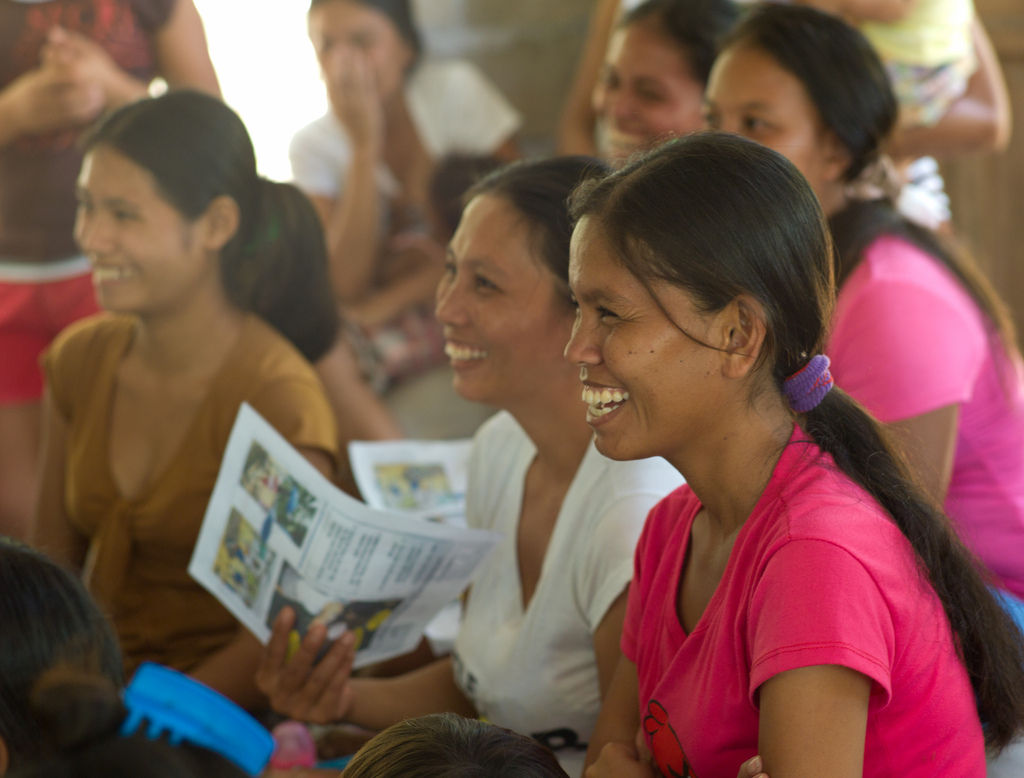Do Legal Professionals in Phillipines Believe Abortion Is A Woman’s Right?
The Revised Population Act of 1972 in Philippines was categorical that abortion was an unacceptable method of birth control. Yet, according to an International Planned Parenthood Federation report, the number of induced abortions per year in Philippines range from 155,000 to 750,000. Estimates from another source suggest an abortion rate of 27 per 1,000 women aged 15-44 per year. The rate increased significantly between 1994 and 2000 in the urban areas particularly metropolitan Manila (from 41-52) and Visayas (from 11 to 17).

In 2008, ASAP planned a multi-country study that went beyond the community- provider interface and explored the views of gatekeepers such as lawmakers and implementers who are outside the service provision field. The findings from the interviews of 50 legal professionals in India are presented against the overview of the abortion statistics and the legal context of abortion in the country.
Abortion Trends:
More than half (15/26) respondents did not have any idea about the number of abortions taking place in the country. While rest said that the number of abortion per year in
the country ranged from 3 to 8 million.
A 59 year old, male, Roman Catholic, chief of a Maternity hospital said, “Among hospitals, abortion is almost always in the top causes of admission, second to Normal, Spontaneous Delivery. But I don’t know the numbers”
Abortion Law:
Barring two, all other respondents had some knowledge of the abortion law.
A 43 years old, female, Roman Catholic legislator involved
in reproductive health and agrarian reforms said, “Abortion
is still illegal, according to the Revised penal Code.There is a 07
weak understanding of the separation of church and state.
Public policy must be secular.
Abortion As A Right:
Sixteen respondents said that according to them abortion is illegal, crime, punishable act, under revised penal code; it is not legal and it is an encroachment on the teachings of
the church. Three respondents did not mention their view on the current abortion law in Philippines. Seven believed that the law was not relevant in its current format and needed change.
The 59 years old, female, Roman Catholic gynaecologist representing a professional organization said, “The law should be more liberal. Not all Filipinos are Roman Catholics. A woman should be given the right to choose, have freedom to decide on what is the best for her”.
Discussion:
 The Revised Penal Code of Philippines dealing with abortion is a copy of an 1870 law in Spain. While the abortion laws in Spain have since been liberalized, in Philippines the laws have remained unchanged. The Philippine law on abortion is one of the most restrictive in the world with no express provision for any kind of exemption from criminal liability.
The Revised Penal Code of Philippines dealing with abortion is a copy of an 1870 law in Spain. While the abortion laws in Spain have since been liberalized, in Philippines the laws have remained unchanged. The Philippine law on abortion is one of the most restrictive in the world with no express provision for any kind of exemption from criminal liability.
Further, the law prohibits importing anything intended to be used for inducing abortion-including “any printed matter which advertises or describes or gives directly or indirectly information where, how or by whom unlawful abortion is produced.” This is despite the fact that the country is a signatory to the ICPD and CEDAW, with no reservations.
In our study while more than half respondents did not have any idea about the number of abortions taking place in the country, majority did mention unwanted pregnancy as one
1112 of the main reason for seeking abortion and that most of the abortions taking place in the country were unsafe and conducted under unhygienic conditions.
Religious beliefs are also reflected in the views and attitude of the respondents in our study. More than half the respondents believed that abortion is a sin, crime and punishable act and only about a fifth of the respondents supported liberalization of the
law. While they did not contest the right of the woman to her body and life, they also maintained that the unborn child had equal right to live. The common view was that
prevention of abortion through an aggressive promotion of family planning services was a better way of addressing the issue of unwanted pregnancies.
Read the Complete Study Here: http://asap-asia.org/publications/2009/Philippines_Abortion_Booklet_Update.pdf






